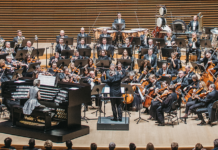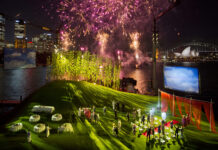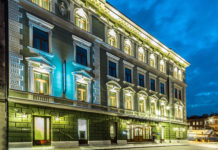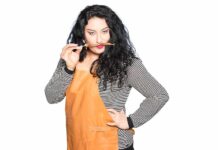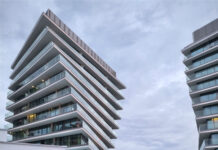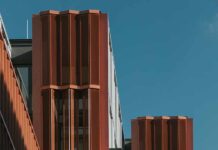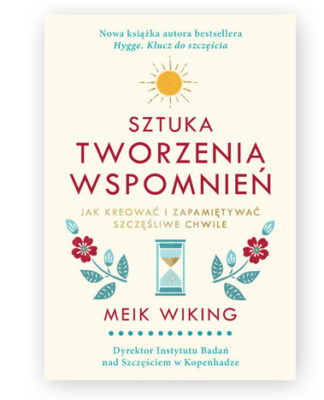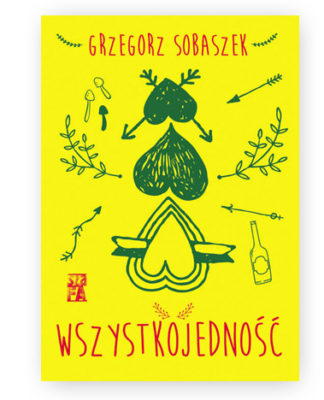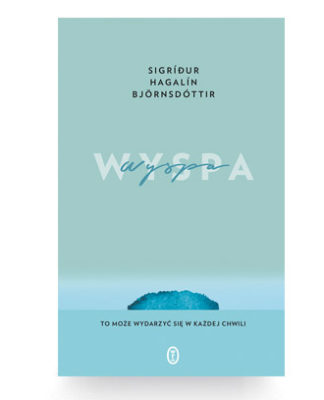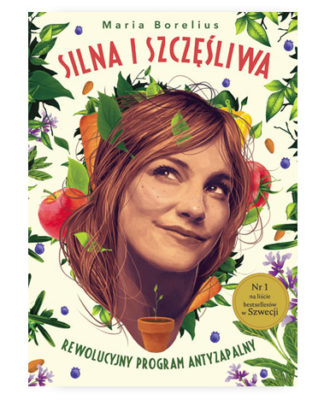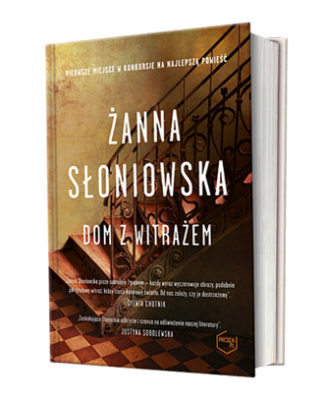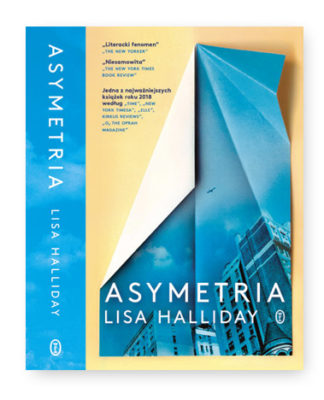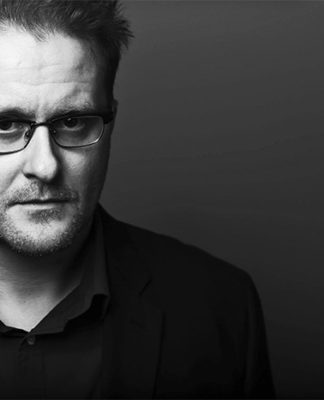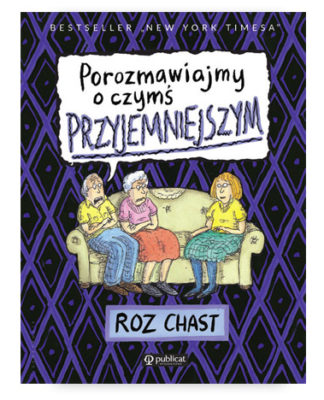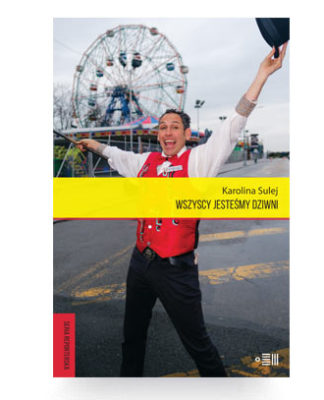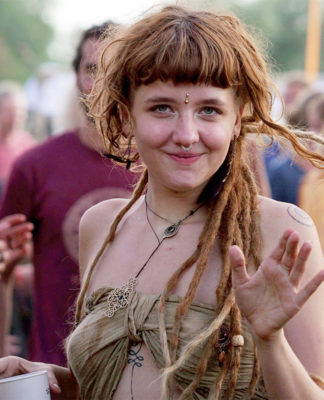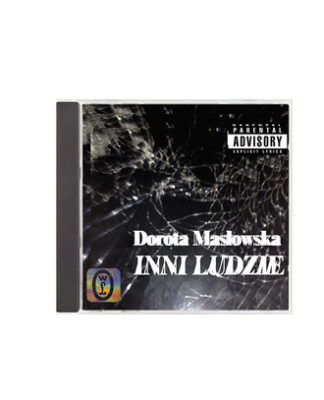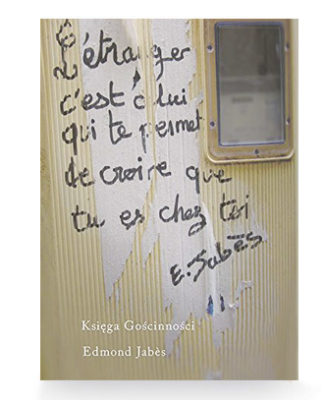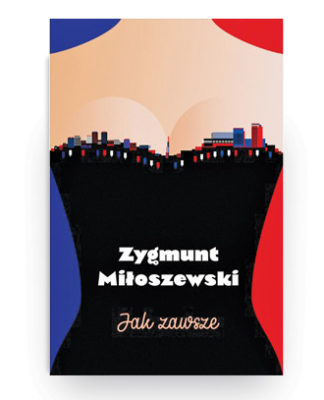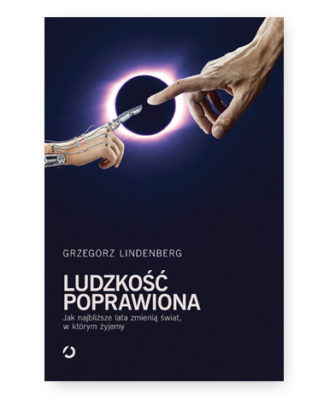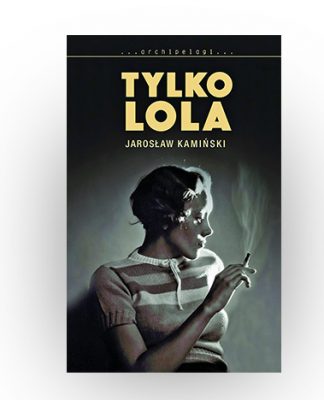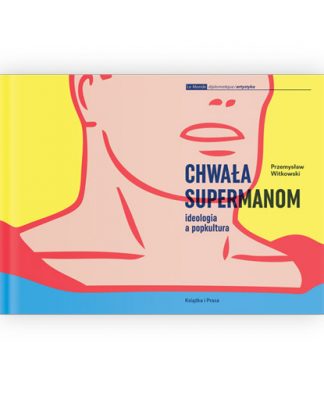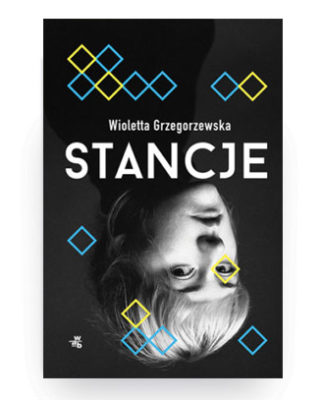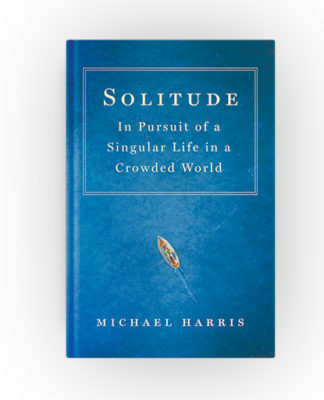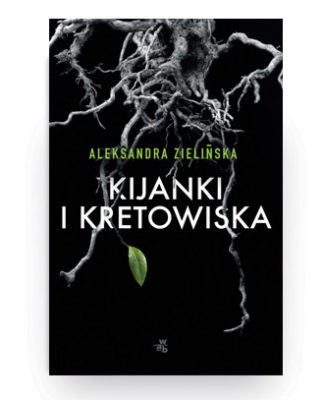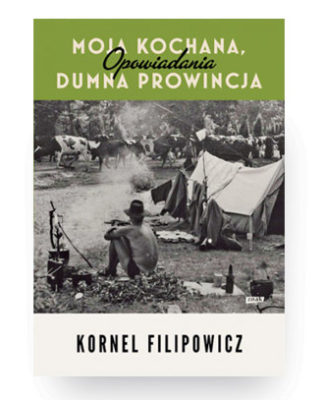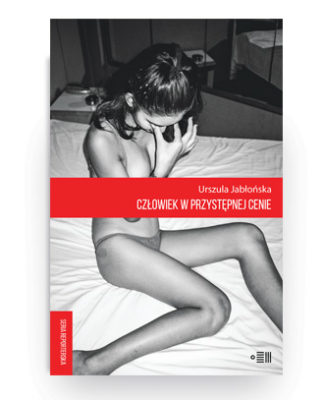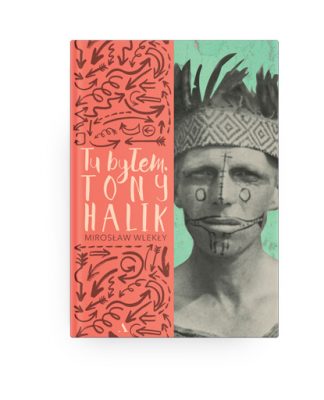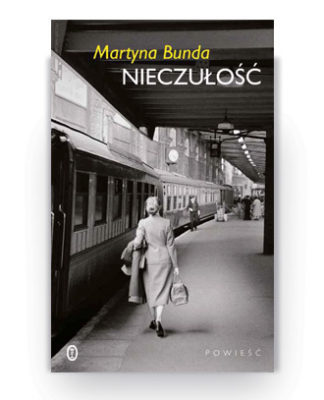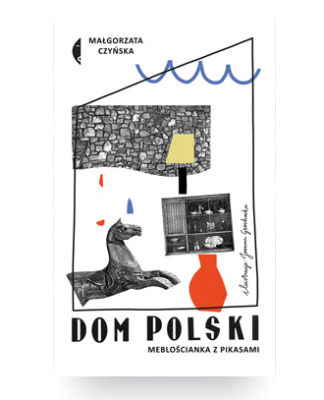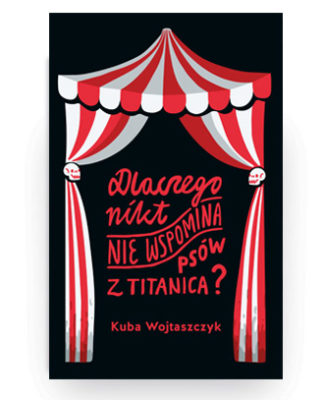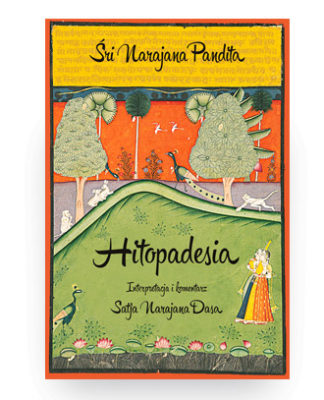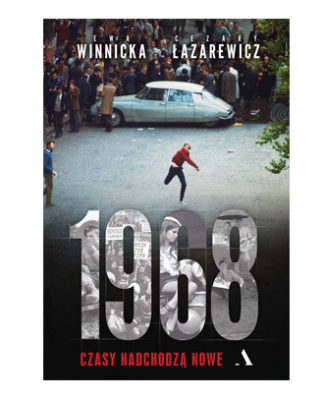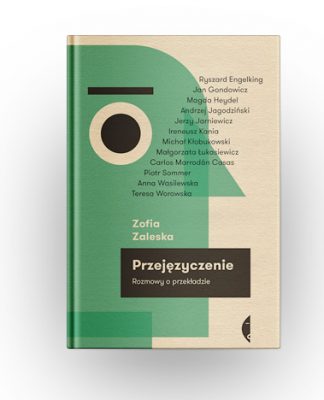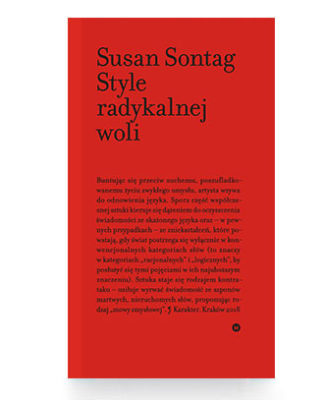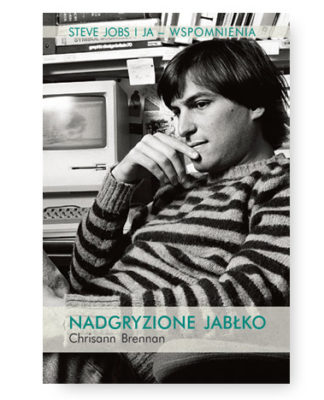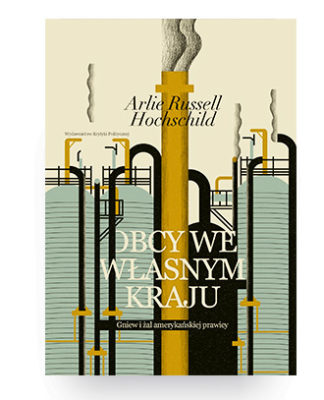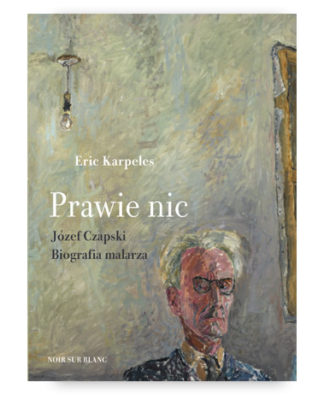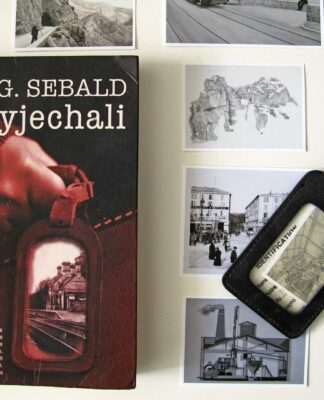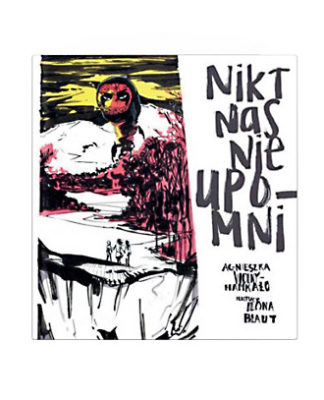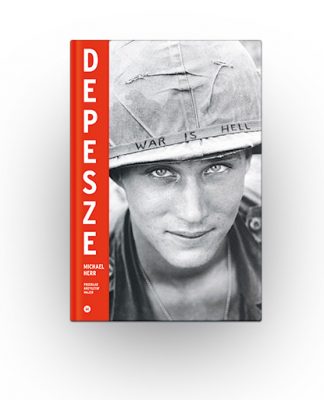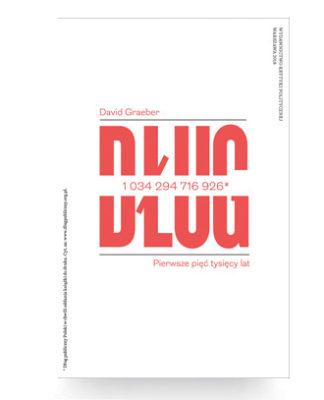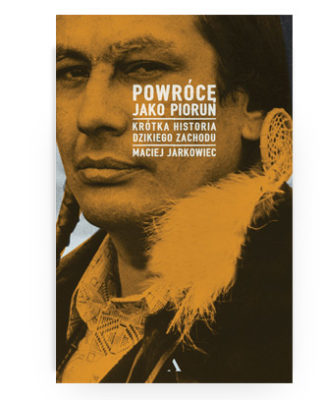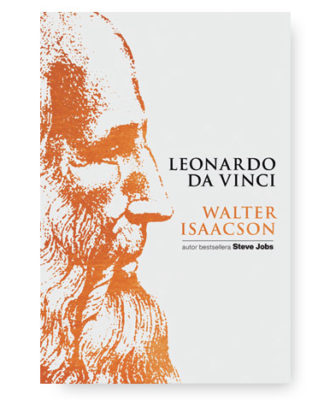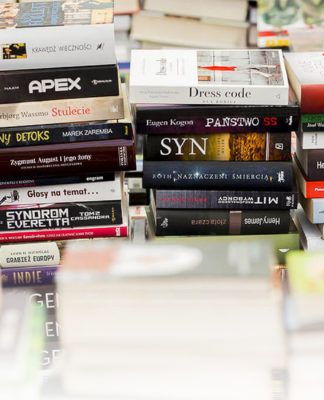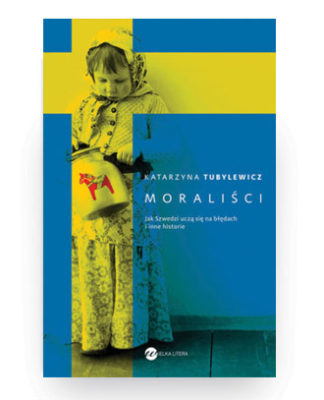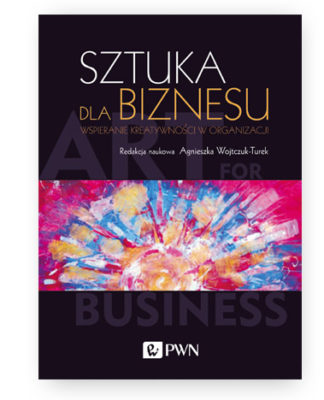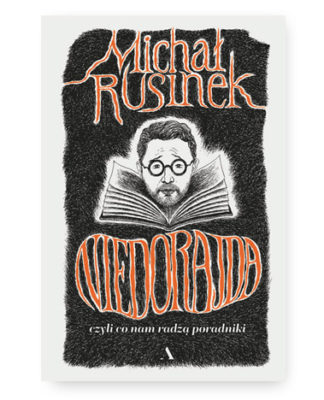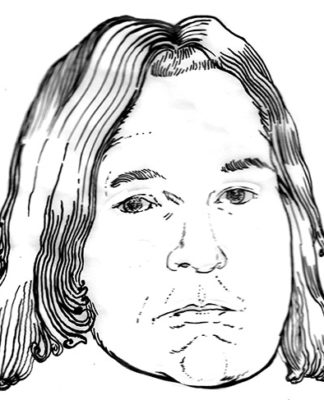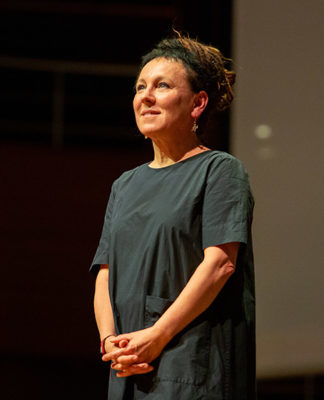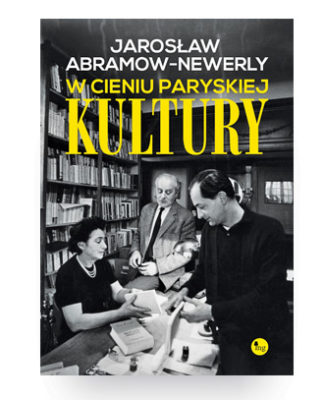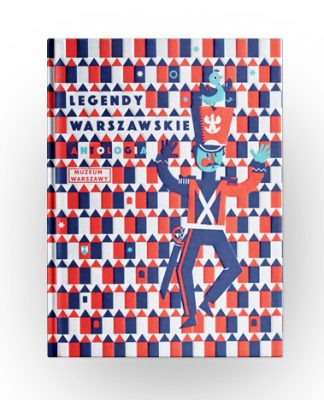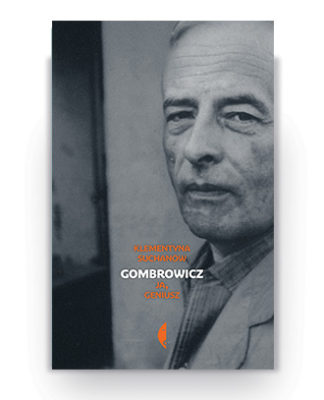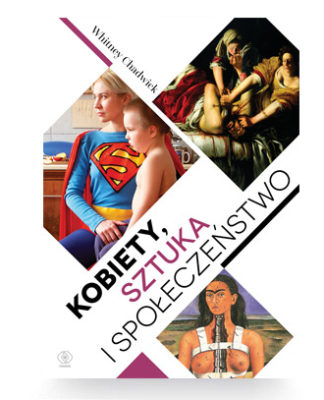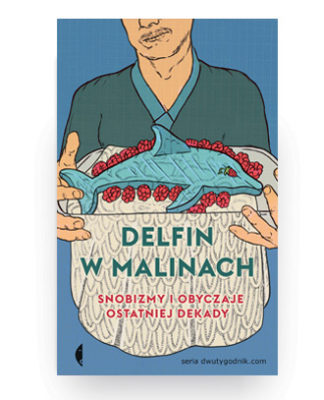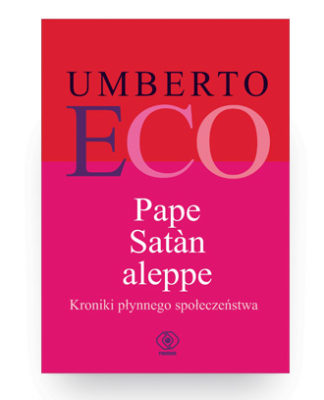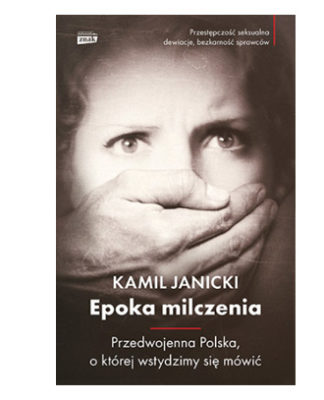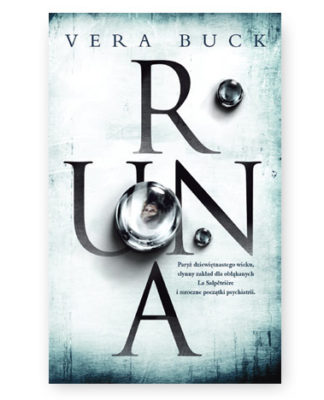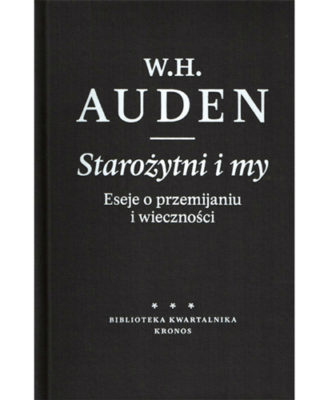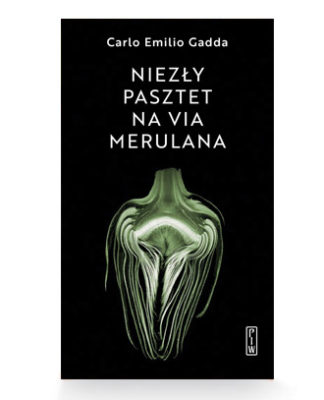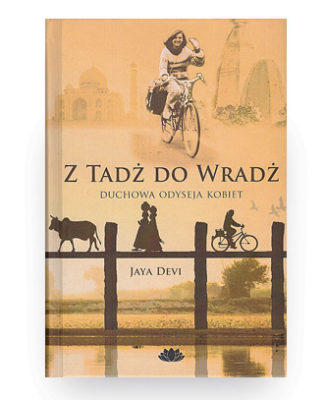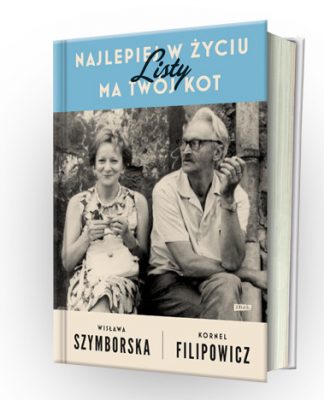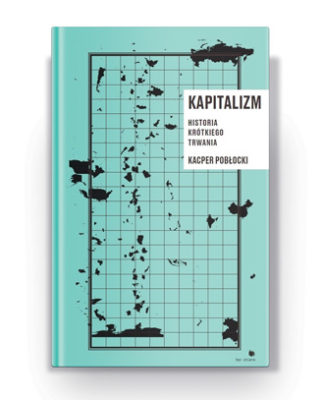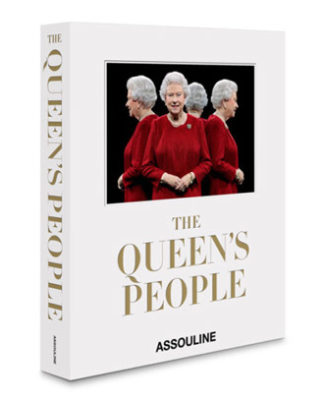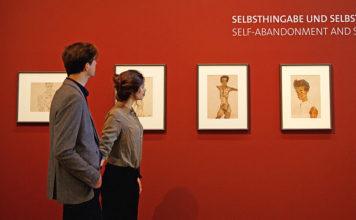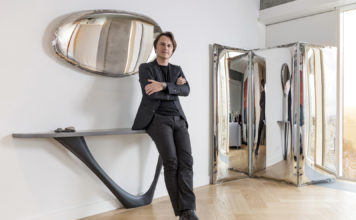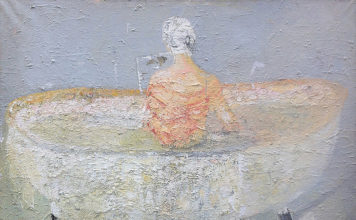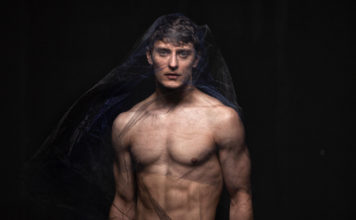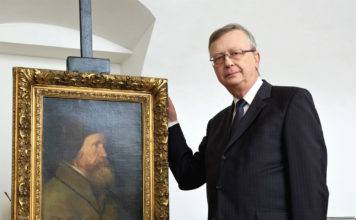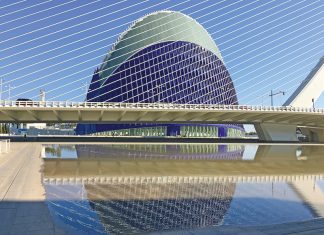In 1937, the legendary Polish actor Euguenisz Bodo appeared as Mae West in the film Upstairs singing ‘Sex Appeal’. It was the first mainstream film ever to feature a drag queen and the song was a hit. While further onscreen representations of drag remain few and far between, the public can’t seem to get enough. Verushka Darling is a case in point. The Australian drag artiste is no stranger to our readers thanks to her unconventional annual guided tours of the Art Gallery of New South Wales. Filled with irreverent humour and artistic insight, they have attracted crowds exceeding the capacity of the gallery, and broken viewing records when streamed online. We talk to Verushka in lockdown.
Text: Jansson J. Antmann
How did your collaboration with gallery come about?
I’d been working with galleries for a while. One of the first times was actually with the Museum of Contemporary Art (MCA) in Sydney in the late 1990s. I’m a huge fan of Alfred Hitchcock movies and the MCA was presenting an exhibition of works by artists who had been influenced by Hitchcock. I did a famous routine based on Tippi Hedron in The Birds, which people still ask me to perform today. I sing the Carpenter’s hit song, ‘Close to you’, which begins with the line: “Why do birds suddenly appear, every time you are near?” I try to avoid it, because I usually get hurt by the fake seagulls attached by wire to my dress. And so, I was invited to perform at the museum. I gave a lecture titled Died Blonde, because Hitchcock was obsessed with blondes and often had his lead actresses’ hair dyed to the colour he wanted. The lecture looked at his use of hairstyles and eyebrows as an indication of the psychological state of these heroines. It is especially evident in Kim Novak’s character in Vertigo. It was the most successful tour at the museum to date.
Onto the Art Gallery of New South Wales!
Precisely. The gallery has a weekly program called ‘Art After Hours’, which includes talks that accompany their major exhibitions. Some people at the gallery were familiar with my work and they invited me to be part of the program during an exhibition titled ‘The Mad Square’, which was about the German modernist movement between the two World Wars. It was perfect, because I absolutely hate that period, even though it’s given birth to some amazing artists and performers. There are two motivations that can drive an interest in something – love and hate. They are, after all, flipsides of the same thing. I agreed to do it, on the condition that, instead of talking about the art itself, I could focus on the artists and Marlene Dietrich in particular. I created a hybrid lecture/performance and went in and out of character as Marlene, mashing up her songs with others from the period as I discussed UFA and Léger. It was a totally new experience for the gallery and the best attended lecture in the history of the program.

And the tours followed?
When they started collaborating with Mardi Gras, they decided to get me on board. Originally, they wanted me to do a straight-laced tour of the Victorian halls of the gallery, but I insisted on talking about what I saw in the art; not what it’s really about. And of course, I presented my interpretations as authoritative facts, which is the approach I’ve taken ever since.
It’s proven incredibly popular.
The tours just got bigger and bigger until they became unmanageably big and had to be moved to the gallery’s theatre. I thought nobody would come, but it was packed to the rafters. We had to turn away twice as many people as we could fit into the hall! Who knows what’s going to happen next time?
You mentioned Alfred Hitchcock earlier. He drew an unkind connection between drag and mental illness in Psycho and Roman Polanski did the same in The Tenant. In spite of the success of films like The Rocky Horror Picture Show and The Adventures of Priscilla, Queen of the Desert, positive representation of drag is still relatively uncommon or rarely more than a plot device. Ironically, John Waters’ iconoclastic films starring Divine are possibly the first to be taken seriously in artistic circles.
I love Divine! When you think about it, gay people are usually portrayed in mainstream cinema the way non-gay people want to see them, and even then, it’s still a novelty. The characters are not consistent with our own experience. I think that’s because, very often, the writers and producers simply don’t understand or are afraid of the full gay experience. I remember that when I was making cameo appearances on Australian television shows, I’d be presented with character descriptions in the scripts that simply didn’t ring true. I would always go back to the writers and producers and tell them, “This is NOT what this person would be saying or doing in this situation.” Thankfully, things are finally changing.
Why do you think it’s taken so long? The tradition of men and women dressing up as the opposite gender can be found in so many cultures, whether it be Japanese theatre, Mozart’s operas, Shakespearean plays, or the perennial favourite – the pantomime.
We are the celebrity pariahs. Our artform has often been looked down upon and spoken of pejoratively. It is so ironic, because it’s one of the pillars of the gay community. We help raise funds and organise events. However, it’s often a case of: “We need you, but stand over there!” There’s a strange tension when it comes to the denigration of drag. When Marlene Dietrich dressed as a man, it was considered amazing and acceptable. However, if someone dresses as a woman, it’s immediately seen as ridiculous. The notion that someone would want to dress as a woman is greeted with disbelief. There is an inherent misogyny in that. I think that’s why TV producers tend to shy away from drag, because they see it as a terrible stereotype or caricature, and not what real gays do.
You’re real!
I am … and drag has been a part of my life since I was born. I’ve even got photos of me in a gorgeous, lacy Christening gown. [laughs] My family is Catholic, after all. When you think of the British upper class, you always see paintings of little boys dressed as girls until they magically segue into boys’ clothes … but not me! My mother used to have the most fabulous wardrobe filled with 1960’s cocktail frocks. They were covered in diamantes and clawed beads. I used to dress up in them all the time and, while we were in England, I often wore them while I roller-skated around the neighbourhood. I even pretended I had long plaits by putting a pair of pantyhose on my head with a tennis ball in either foot.

Was that your earliest memory of drag?
No, that was much, much earlier in Hong Kong. I remember one day my mother was at a gin and mahjong party at a friend’s house. There were these tiny crystal high-heeled shoes on the mantlepiece. Of course, I found them simply irresistible, so I put them on and starting walking around in them. My Amah was totally enraptured at the sight of me and proceeded to show me off to all the adoring women. A star was born!
Your Amah?
An Amah is a traditional maid and nanny, who is treated like a member of the family. Many Amahs took vows of celibacy at the temple of Kong Lin. It was their way of maintaining their independence and having a career, otherwise they’d get married and that was that. My parents led a life of formal dinners and cocktail parties, so my Amah practically raised me. She only spoke Cantonese, so that was basically my first language.
How old were you?
I was only two at the time. I know it seems incredible that I’d remember anything from that age, but I do. I’ll forget what you’ve just told me within five minutes, but 20 years from now I’ll remember exactly what you said and what you were wearing.

What lasting impressions do you have of your time in Hong Kong?
Tastes and smells always take me back. It’s what I always love about arriving somewhere new. As soon as you emerge from the airport, especially on a summer’s night, the smell of the city hits you – the spices, dried food, tropical plants and the earth. In a tropical country the smell hits you even faster because of the heat.
We lived on Hong Kong island in the days before the tunnels and bridges were built. When the typhoons and landslides hit, I remember we’d have to be evacuated by ferry or traditional junk boat to the Kowloon side of the city. On one occasion my mother picked me up as she ran out of our apartment with the mountainside collapsing outside the window. I remember looking over her shoulder to see a man carrying his precious Ming vase. That was the only thing he’d thought to take with him! [laughs]
You had quite a nomadic childhood, didn’t you?
My father worked for the former Bank of New South Wales and he was sent around the world, from Hong Kong to London and throughout Europe. He came from Western Australia and my mother from Tasmania. I was born in Perth and immediately taken to Hong Kong. I spent the first three or four years of my life there and the rest of my childhood in London. My teenage years were spent in Sydney, and when my parents were given the option to move to Vienna, my brother and I begged them not to go. By that stage, he and I had been living in Sydney longer than we’d lived anywhere else, and we’d made friends we liked. To their credit, my parents didn’t want to put us through boarding school and chose to remain in Sydney as well. My mother loved Vienna and my father had a great job to go to, so it was a real sacrifice for them.
What happened after that?
I spent many years studying, and for a long time I thought I’d become a speech pathologist or genetic engineer. I loved biology and I’d studied speech and drama at school. In fact, by the time I turned 16, I’d already received my teaching qualification from Trinity College in London. However, when I began studying linguistics at university, things started to go wrong. As I’d grown up overseas, I hadn’t developed a typical Australian accent, and it meant that I was constantly corrected by my phonetics lecturer. I was a precocious student and I argued that my way of speaking was valid. After all, that was how I said things and my phonetic transcription was accurate. It was a dialectical difference and I found it extremely frustrating. I ended up hating all my lecturers, but unlike my hatred for German modernism, this didn’t motivate me. I wanted to drop out, but my parents wouldn’t let me. I ended up doing a triple major in French, Japanese and Ancient History and I would have probably stayed on after that, but I’d already been there for five years and the university said, “You’ve got a degree… GO!”

When did you start performing in drag?
People always confused my gender. I was very androgynous and enjoyed all the confusion. I used to wear fashion that suited my body, irrespective of whether it was originally designed for a man or a woman. While I was at university, I was noticed by emerging local fashion designers such as Peter Morrissey and Leona Edmiston, as well as smaller, independent fashion producers. They liked my look and asked me to model in fashion shows at nightclubs. I was even asked to appear on Jean Paul Gaultier’s television series EuroTrash, and in the first Australian Fashion Week, although they later banned me when they discovered I wasn’t an ‘official model’ – in other words, I was a boy.
As a result of my modelling, someone suggested I perform in drag shows. It seemed a sensible idea, given my performance background, so I did. The shows were quite alternative and became incredibly notorious. Drag queens usually lip-synch and I wanted to give them a voice. I created ‘playlets’ using dialogue from classic movies, which I edited together out of context to make them funnier. I was playing with the voicelessness of mime and flipping the power dynamic, by taking someone else’s voice and making it say what I wanted. I remember combining Polanski’s Rosemary’s Baby with The Thunderbirds to create a show titled Lady Penelope’s Baby. When I mixed Whatever Happened to Baby Jane? with Gilbert & Sullivan’s The Mikado it became Whatever happened to Cio Cio San? Sir Arthur Sullivan actually sits somewhere on my father’s side of our family tree, so it’s rather funny to think about that.
Your sense of humour isn’t vulgar. It’s more in the vein of Julian Clary or Lily Savage – risqué and with plenty of double entendre.
That’s because I’m not vulgar. In my weekly show Let’s Talk About Sex at Sydney’s iconic Stonewall Hotel, I can be absolutely filthy in the politest manner. I’m a lover of ironic juxtaposition and I am who I am, both onstage and off.
And onscreen. Your wit has endeared you to a much wider audience.
That’s true. I was a VJ on MTV from 1999-2007. I had no expectations at my audition. I knew I was there to fill space. However, when they saw I could improvise, I got my own program titled Verushka’s Closet and ended up tripling the viewing the figures for that time slot.

Those kinds of viewing figures can be a poisoned chalice, can’t they?
Indeed. They kept moving my show to timeslots that needed reviving. Finally, I was moved to one that simply couldn’t be saved. It killed the program. On top of that, the Americans came back and took control of what had, up until that point, been a franchise in Australia. Those were the ‘pre-RuPaul’ days, so the notion of a television presenter in drag was entirely alien to them.
Fortunately, by that point I’d already gained recognition as a writer and associate producer and I was asked to stay on as a producer of promos for MTV and eventually for VH1. In fact, they liked my work so much, that I ended up writing the scripts for the MTV Video Music Awards in Australia, as well as visiting celebrities.
And now you’re back on our screens.
I come and go, with guest spots on MTV and doing interviews. I’m also back in people’s homes because of the lockdown. I have to stream live on social media to stay alive and so I’ve created an online edition of Let’s Talk About Sex. I do miss performing in front of a live audience, but the viewers’ use of emojis and online commentary allows for some real-time interaction during the show. It’s better than nothing. On top of that, I’m also one of the presenters of The Reservoir Room, which is an online variety show featuring musicians, comedians and the stars of cabaret and musical theatre. We may be in lockdown and our livelihoods may have been destroyed, but our public still want to be entertained.

You also starred in an award-winning advertising campaign for Airbnb.
That’s right. #HOSTWITHPRIDE actually won the Gold Spike award in 2016 for best advertising campaign in the Asia Pacific region. It was viewed almost 3 million times around the globe! When I auditioned for the role of a houseproud Sydney hostess and read the script, I couldn’t help thinking, “This is me!” After everyone saw it, they assumed it had been written with me in mind. However, that wasn’t the case at all. It was such an amazing coincidence.
And now you’re an ambassador for Paris Hilton!
Yes, it’s funny that as a drag queen, my non-drag work is the gayest thing I’ve done! I’m promoting her skincare range on a TV-shopping network. One of the producers at Openshop.com.au saw some of my shows and thought they were hilarious. He suggested I put myself up for the job. The only caveat was that I’d have to appear as a boy. For some people, drag is a mask that can conceal or reveal. However, I find that it’s just another aspect of who I am. I’m happy performing as both a boy and a girl.
What’s next?
Who knows what the future holds, for any of us? I’m lucky that through all the work I’ve done, I’ve picked up a lot of skills. During Let’s Talk About Sex, I always joke that I’m not only the onstage entertainment, but also the DJ, the followspot operator, the camera operator, the projectionist … AND a Feng Shui decorator. If worse comes to worst, I can always try my hand at that. |








